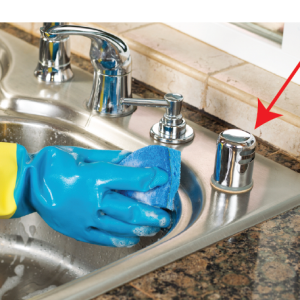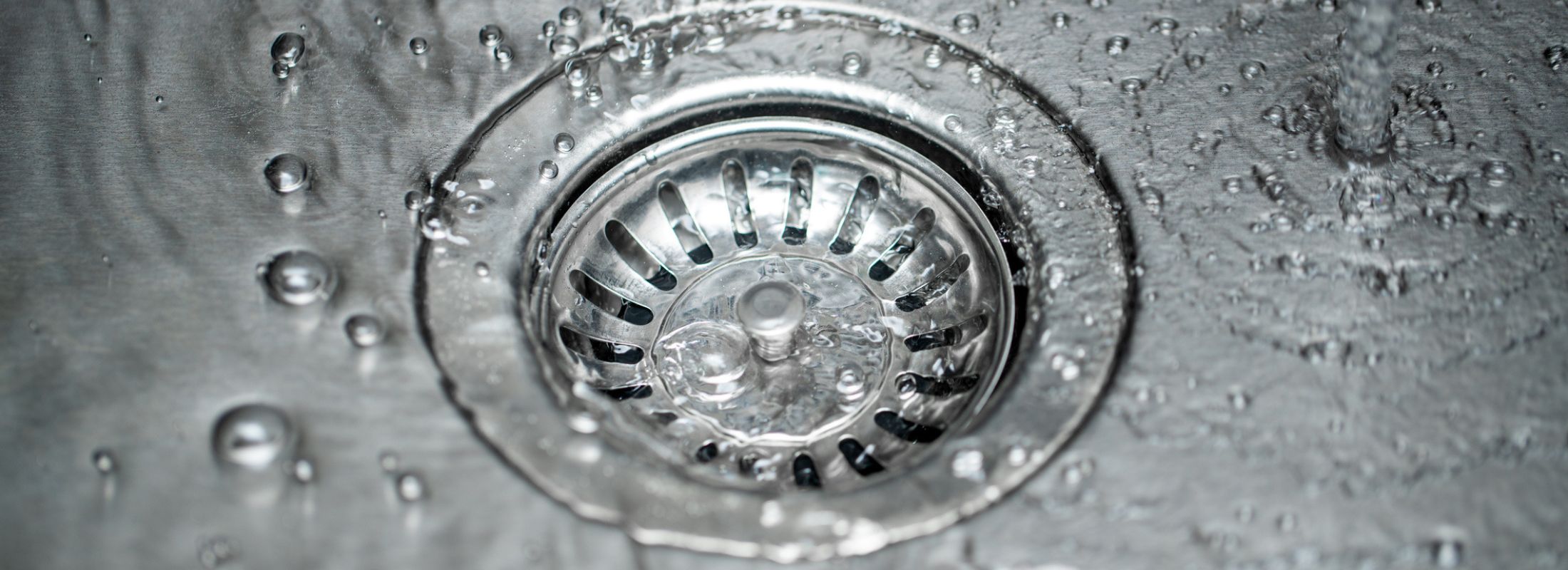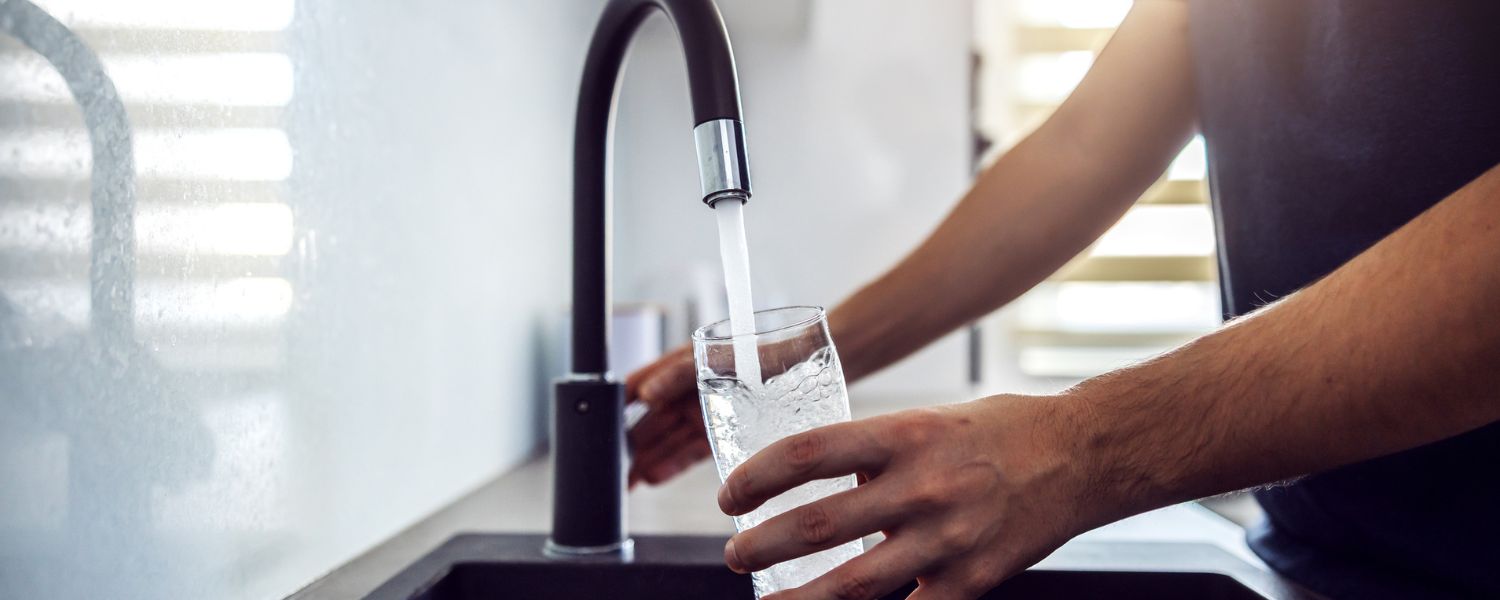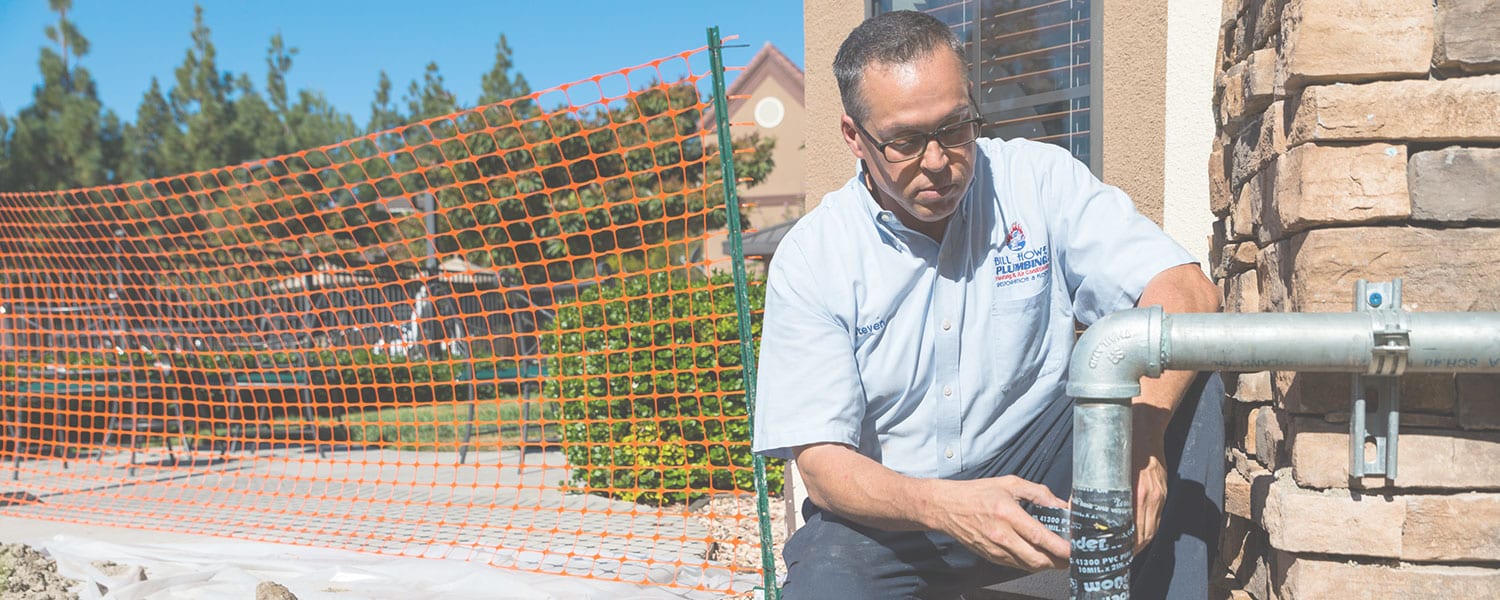Grease traps, or grease interceptors, are plumbing systems designed to prevent fats, oils and grease buildup, as well as other solids from entering the cities public sewer system where they could accumulate over time eventually causing major city drain blockages.
Who Has a Grease Trap?
All businesses, typically restaurants and coffee shops, that have a three compartment sink for dishwashing and use dairy products, must install commercial grease traps. Grease traps also have to be installed if any business has a deep fryer or uses cooking oil to prepare their dishes.
In deli’s, restaurants, coffee houses, or any business that uses a deep fryer in their food preparation, the grease can accumulate on the floor over time. When the floor is mopped, businesses utilize floor drains for cleaning purposes and the grease gets washed into the drains. Without a grease trap, that can go into city sewer systems and create massive problems.
When Was the Grease Trap Invented?
Grease traps have been used since London’s Victorian Era in more affluent areas. In the late 1800’s, Nathaniel Whiting of California created the first patent for the grease trap. While the basic technology of the grease trap has remained unchanged, the regulations across the nation and in other countries have been varied through the grease trap’s history. They have become more stringent across major cities in the United States because of the damage to city sewer systems caused by Fats, Oils and Grease buildup, commonly referred to as FOG’s.
What Happens When Grease Enters the City Sewer System?
A great example of the consequences of fats, grease, and oil going into sty drainage systems can be seen in the United Kingdom. The Metro.co.uk reported on the largest known fatberg discovery in the London sewer systems found in 2017. It was 250 meters long (800 feet for non-metric countries) and weighed around 130 tons. To put into perspective, the fatberg spanned a length as great as the Tower Bridge in London, and weighed as much as 19 elephants according to the Guardian.
The London Fatberg was one of many found through the London sewer systems. The infrastructure was old, and not equipped to handle the amount of waste product when mixed with the congealed fat. The discovery of the fatberg was in an area with mostly pubs and local restaurants, the variety that serve mostly fried food.
But it is not just the fats alone that create the monstrous issue. When fats, dairy, grease and oil go into the sewer systems, they become solids again and congeal sticking to the interiors of the pipes. Normal waste is also being delivered into the sewer systems and compounding with the congealed fats creating the blockage. When the London city workers “autopsied” the fatberg in 2017, they also found excessive amounts of so-called flushable wipes and other materials that should never be put into the drains.
London city crew worked for more than three weeks breaking up and removing the massive fatberg, while increasing sewer inspections, as many have been found through the years in the sewer system.
There have been many instances of fatbergs appearing in American cities, as well.
In 2017, USA Today reported Baltimore City Public Works discovered a fatberg in the public sewer system that caused an overflow of more than 1 million gallons of sewage into the Maryland stream, despite dry weather.
Although these are excessive examples of what grease buildup can do to sewer systems, even small amounts cause routine backups across the nation in kitchen sinks and main sewer lines. It is important for homeowners and businesses to take all precautions when disposing of cooking grease, oils, and fats, and to never put materials not meant for drain into the drain system. This includes products claiming to be flushable.
What Happens to FOG’s form Fatbergs?
Depending on which article you land on across the internet, the surprising, and sometimes disgusting, ways in which the contents of fatbergs have been recycled or used is vast. However, Canadian researchers have been working on turning these fatbergs into biofuel sources. This is not new, many teams of scientists have been working on this method of waste, but according to a recent Smithsonian article, an engineering researcher form the University of British Colombia talks about how this method can be done within the sewer system or places of the fatbergs. It requires precise heating and chemical processes, but could potentially turn the fatbergs into a usable fuel source. https://www.smithsonianmag.com/innovation/turning-fatbergs-biofuel-180970049/
How Does a Grease Trap Work?

A grease interceptor can be installed above ground or underground, inside of the building or outside. There are different types depending on usage needs. Grease traps must meet standards across several public departments. Grease traps are regulated by not only the city plumbing department but also the health department and food administration. Grease traps must be sized properly to meet the current use demands as well as future demands and depends on the amount of plates served as well as the size of the 3-compartment sink, dishwasher, pots, pans, and mop sinks. The American Society of Mechanical Engineers (ASME) set the standards for the majority of grease interceptors in the United States.
A grease trap is a large container that the interceptor drain runs into. They are bypass drains that do not connect to any other system and do not drain into the city sewer system. Grease traps must be cleaned out by the proper authorities and disposed of according to waste standards.
Inside of the most common grease trap, there is a thing called a baffle, which is like a wall. It is a metal operator that allows for a large amount of water intake and keeps the clean water at the bottom and allows for the grease, oils, fats and other liquid waste to float to the top and be cleaned out leaving clear water safe to go into the sanitary waste system.
How Long Do Grease Traps Last and How Much Do They Cost?
Grease interceptors’ cost can range greatly. Because installation often requires several public works authorities, costs can also change at any point in the duration of cost estimation and installation. It is best to work with a reputable and licensed contractor with experience in grease traps. They can last up to 20 years, but can also be damaged in the cleaning process that o can happen at any time. If the interior of the trap is scratched or dented, or the baffle wall is dislodged, the grease trap will be ineffective and will have to be replaced.
Depending on the restaurant location, installing a grease trap can be challenging as it may require several public authorities to be involved in the process and city sign off. Many older locations can pose difficulty in replacing grease traps, as they are located underground inside of the building. It can require not just the plumbing work to be done, but flooring and depending on the size, heavy crane work. Many new installations of grease traps are being installed outside of the building making it a much easier process to clean, maintain, and replace.
Whether you are in need of a new grease trap, have questions on maintaining your grease trap or are just curious about how grease, fats, and oils affect drainage systems, the experts at Bill Howe have you covered. Contact us online, by phone, or stop by in person for all of your drain needs.
Call 1-800 BILL HOWE (245-5469) to request more information and to start your grease trap installation process.




